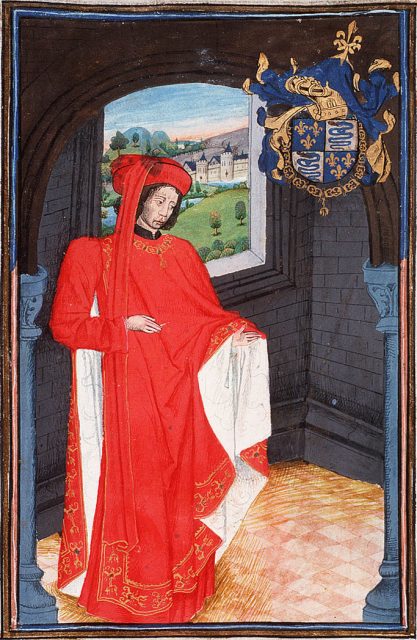When you think of Cupid, what do you think of? A cute toddler with wings and a bow and arrow? That’s definitely the image I conjure of him, which begs the question, did Cupid not actually grow up?
If you take this glorious image by Titian and look closely at Venus’s face, she might have been a little worried too.

Titian, The Worship of Venus, 1518, Prado, Madrid

Detail from Titian’s Worship of Venus, 1518, Prado
There is a story within Greek mythology in which Venus complains to Themis that her son is really cute but he’s never left the toddler stage and she’s worried.
So Themis has a moment of contemplation and says you know, I think he’s not growing up because he’s always alone – get him a companion and they’ll grow together.
Venus has another baby, Anteros, the god of requited love, and as soon as Cupid, or Eros to give him his Greek name, saw his brother, he grew. Unfortunately, as soon as he was separated from Anteros, he reverted back to a toddler.
What’s the moral of the story? In order to grow, love needs to be reciprocated.
They made quite a good little team – Cupid maintained the task of hurling his arrows to ignite passion and Anteros protected those who found a love match. Here they are in this tondo with Eros forging arrows in a fire on the right and Anteros stoking the flames with his bellows on the left. Sweet.

Unknown artist, Eros and Anteros, tondo in courtyard of the Villa Salviati, Florence, Italy
Of course, however, they also had brotherly spats.
In this fresco from the Casa dell’ Amore punito, literally translated as the House of Love Punished, in Pompeii, Peithò (Greek goddess of persuasion and oratory) is leading Cupid/Eros in on the left to be told off by his mother, Venus, for firing his arrow at the wrong target. Peithò looks encouraging but I think Cupid has seen the look on his Mother’s face! Behind Venus, Anteros is delighted that Cupid’s in trouble. It’s nice to know that there’s something normal about this pair.

Wall painting in the House of Love Punished, Pompeii, 1st century AD, Archaeological Museum, Naples
The video of this episode can be viewed here. To view the entire ‘Elevenses with Lynne’ archive, head to the Free Art Videos page.













Recent Comments